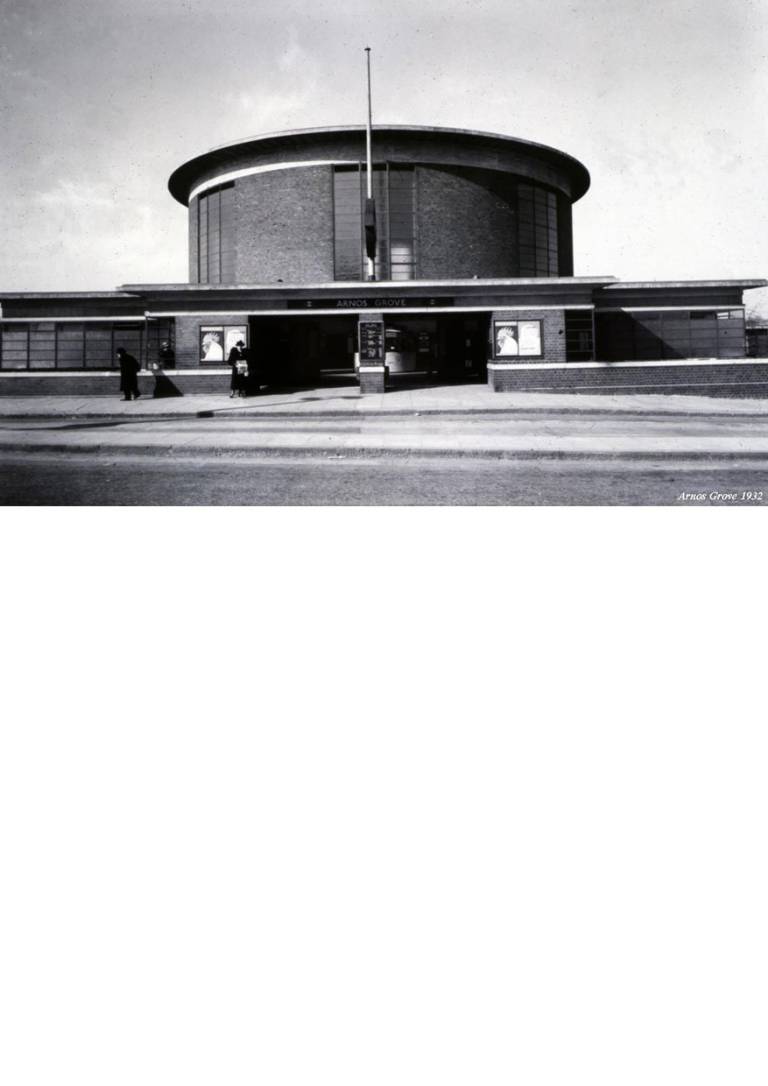FRANK PICK AND THE LONDON UNDERGROUND
Parts of the Underground go back to the year after Prince Albert died, but then the trains were pulled by steam engines, so the idea didn’t catch on. Despite their best efforts, the smoke made the tunnels uninhabitable. With the introduction of heavy electrical machinery in the 1890’s, the Underground suddenly became a practical way of commuting, and the system was expanded using the Art Nouveau style of design. Traces of this early appearance can still be detected. However the classic period of the London Underground was between the wars, when it became a unified system and expanded into the suburbs with new stations designed in an International Modern style ahead of anything else in the capital. By the outbreak of the Second World War, the only other modern buildings were Sun House Hampstead, the Penguin Pool at the London Zoo and Highpoint Flats in Highgate.
Apart from these, modern architecture was not to be found in London. Therefore the Underground was a design pioneer, with firsts in typography, cartography and station furniture design, besides an enlightened policy in encouraging graphics with the posters it commissioned. Frank Pick designed nothing himself, yet his was the guiding mind behind the Underground’s up to date identity, with his uncanny knack of knowing whom to commission to get the best results. Using much black and white archive material, this lecture reveals Pick’s effect on the buses also when through the London Passenger Transport Board this dedicated Yorkshireman extended his policy of transport modernisation. However, when he was invited to join Winston Churchill’s team to win the war, a clash of wills was inevitable. Pick was sent away by the great man with the epithet,“ bus inspector”. This reveals how both of them worked; one- track dedication, brooking no opposition, rather like Hitler himself. Soon after this reverse, Frank Pick died. Those who had known him confirmed their vivid memories that his dictatorial (if benign) manner had been the reason for his success. There had been no room for two such men in wartime Whitehall. Pick and his friends in the Design and Industries Association were supremely confident that they had the insight and authority to instruct the rest of the nation, a belief which lived on for some years in the young Council of Industrial Design.
